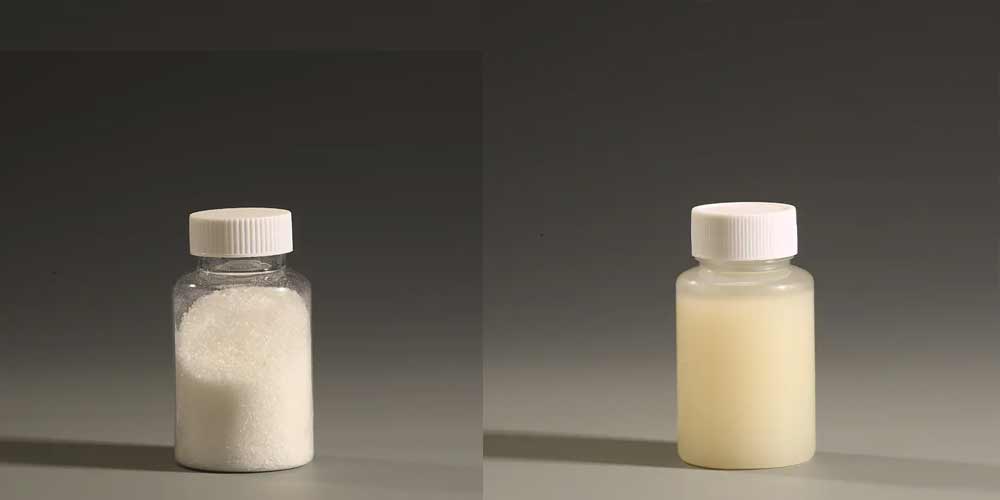Polyacrylamide (PAM) is a versatile polymer widely used in water treatment, papermaking, oil extraction and other fields. According to its ionic properties, PAM is divided into three main types: cationic (Cationic PAM, CPAM), anionic (Anionic PAM, APAM) and nonionic (Nonionic PAM, NPAM). These three types have significant differences in structure, function and application.
1. Cationic polyacrylamide (Cationic PAM, CPAM)
Structure and properties:
Cationic PAM: It is a linear polymer compound. Because it has a variety of active groups, it can form hydrogen bonds with many substances and mainly flocculate negatively charged colloids. Suitable for use in acidic conditions
Application:
- Wastewater treatment: CPAM is often used to treat negatively charged organic wastewater, such as urban sewage, food processing wastewater, etc. Positive charges can combine with negatively charged suspended particles to form flocs, thereby promoting solid-liquid separation.
- Paper industry: In the papermaking process, CPAM can be used as a reinforcing agent and retaining agent to improve the strength and retention rate of paper.
- Oil extraction: In oil fields, CPAM is used to treat drilling mud to reduce filtration and thicken.
2. Anionic polyacrylamide (Anionic PAM, APAM)
Structure and properties:
Anionic PAM is a water-soluble polymer. By introducing these anionic groups on the polymer backbone, APAM can react with positively charged substances. It is mainly used for flocculation, sedimentation and clarification of various industrial wastewaters. Suitable for use in alkaline conditions.
Application:
- Water treatment: APAM is widely used in drinking water and industrial wastewater treatment. It can condense suspended particles through electrical neutralization or adsorption, thereby improving the clarity of water.
- Paper industry: As a retention and filtration aid, APAM can improve the water filtration performance of pulp and the strength of paper.
- Mining and Ore Dressing: During the flotation and sedimentation of ore, APAM can promote the sedimentation of ore particles and improve the recovery rate of ore.
- Soil Improvement: APAM can improve soil structure, reduce soil erosion, and is widely used in agriculture and horticulture.
3. Nonionic Polyacrylamide (Nonionic PAM, NPAM)
Structure and Properties:
Nonionic PAM is a high molecular polymer or polyelectrolyte with a certain amount of polar genes in its molecular chain. It can adsorb solid particles suspended in water and bridge between particles to form large floccules, accelerate the sedimentation of particles in suspension, accelerate the clarification of solution, and promote filtration. It does not contain charged groups and is mainly composed of amide groups. This structure makes it show good solubility and stability under neutral and weakly acidic conditions. Nonionic PAM has the characteristics of high molecular weight and is not greatly affected by pH value.
Application:
- Water Treatment: NPAM can be used to treat low turbidity, high purity water, such as domestic water and drinking water. Its advantage is that it has strong adaptability to changes in water quality and pH.
- Textile and dyeing industry: In textile processing, NPAM is used as a thickener and stabilizer to improve dye adhesion and dyeing uniformity.
- Metallurgical industry: NPAM is used as a lubricant and coolant in metal processing to reduce friction and improve processing efficiency.
- Agriculture and horticulture: As a soil moisturizer, NPAM can improve the water retention capacity of the soil and promote plant growth.
Cationic, anionic and nonionic polyacrylamide have different application fields and effects due to their unique chemical structure and charge characteristics. Understanding and selecting the appropriate PAM type can significantly improve processing efficiency and effects to meet the needs of different industries.
Post time: Jun-11-2024

